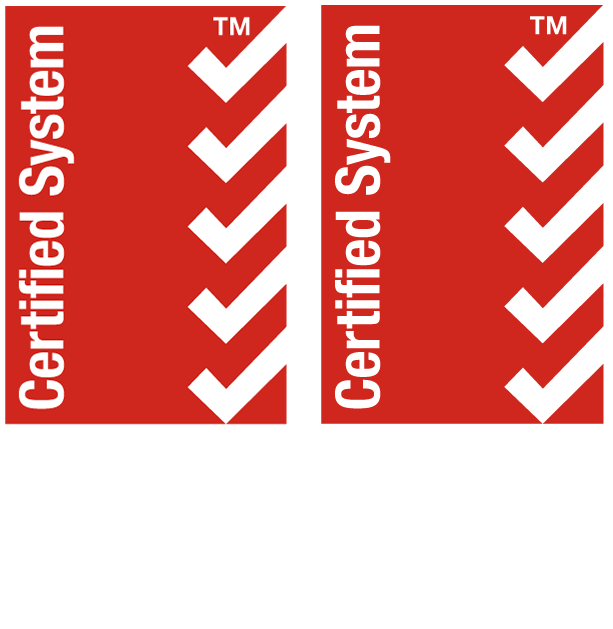Is Your Business Prepared To Manage A Cyber-Attack?
Cyber and compliance risks are crucial considerations for any business, no matter its size. Compliance risk is defined as any threat to an organisation’s finances, reputation or operation from failing to adhere to relevant regulations, standards or legislation; as such, failing to plan for compliance can have damaging long-term consequences for your business.
In terms of cybersecurity, compliance risks centre around the possibility of data breaches exposing sensitive data such as personally identifiable information relating to customers, intellectual property, or other valuable data. As well as directly damaging your business and its reputation, data breaches can lead to fines from regulatory bodies for non-compliance with data security measures.
Planning how to avoid and mitigate compliance risks should therefore be an essential consideration for your business. The best compliance strategies are systematic and ongoing, taking in the entire organisation and laying the groundwork for continuous compliance monitoring.
1. Access to Expertise on Compliance Regulations
Even smaller businesses and organisations should consider dedicating resources to a compliance team to ensure effective plans and procedures are put into place. Compliance can be a complex subject to navigate, so having access to an expert team helps to ensure regulations are followed to the letter.
It can also be helpful to assign different sets of regulations to individual members of a compliance team, since regulations can widely vary. For example, APPs / GDPR compliance may look very different to industry-specific regulations such as the PCI DSS, so having an individual expert for each set of regulations relevant to your organisation can help to provide clarity.
2. Risk Assessments & Data Inventories
The first step in ensuring compliance is to identify the risks your business faces. Ideally, you should undergo a full data inventory, identifying where and how sensitive data and personal information is collected, stored and transmitted. This provides the clarity necessary to assess what risks this can entail.
You should also implement robust data tracking measures in order to provide continuous data inventorying. Once you have a full picture of your organisation’s data and how it’s handled, you can carry out a full risk assessment to identify which areas pose the greatest risks and how these risks can be mitigated.
3. Establish Policies & Procedures
Once the risks have been identified, your business needs to create comprehensive, detailed policies and procedures that cover the entire organisation. These policies need to consider all aspects of security – physical, technical and administrative – to ensure that data stays protected. Of particular importance among these procedures are measures to detect and prevent unauthorised attempts to access data, networks and IT systems.
4. Keep Systems Updated
One of the biggest compliance risks stems from outdated IT systems. Operating systems, firewalls and key software should all be regularly updated, as newer versions will patch out vulnerabilities that could be exploited by cybercriminals.
Failure to keep these systems updated leads to a greater risk of cyberattacks and data breaches. In addition, if a data breach does occur due to outdated systems, your business will be left open to non-compliance fines from regulators if you can’t demonstrate sufficient reasoning for not updating them.

5. Response Strategies
Even the best planning won’t entirely negate the chance of a data breach. Your business, therefore, needs to be ready to respond to data breaches as quickly as possible to mitigate their impact. You should implement effective monitoring systems to identify breaches as soon as they happen, with clear channels for dealing with breaches quickly and effectively.
You should also keep efficient documentation from breaches to learn from incidents and further refine responses in future. Doing so will also demonstrate compliance to regulators by proving your organisation has robust policies in place to protect data even when a breach occurs.
6. Documentation
Documentation is essential for mitigating compliance risks, as it helps your business learn from its experiences and shape policy accordingly. Plans, policies, reports and records all need to be efficiently stored and tracked for future reference.
Documentation is especially important in the event that your business needs to prove its compliance to a regulator and avoid fines in the event of a successful data breach. Effective documentation will demonstrate that your organisation takes compliance seriously and can help to prove that you have followed all the relevant regulations and implemented sufficient procedures to protect data and mitigate the impact of security breaches.
7. Involve All Employees In Compliance
Everyone in your organisation should be kept familiar with compliance regulations. Full training in compliance and data security should be provided to raise awareness of potential compliance risks and how to mitigate them.
It’s also important to ensure effective reporting measures are in place for employees to report vulnerabilities they discover or instances of non-compliance among their colleagues. In terms of the latter, a culture of honesty and transparency should be encouraged to ensure employees are comfortable coming forward with their concerns.
Providing clear channels of communication, as well as the option of anonymous reporting to allow employees to feel comfortable when potentially reporting their superiors, can help to create a culture where employees hold themselves, their colleagues and the organisation as a whole to account in order to ensure greater compliance and fewer compliance risks.
FocusNet Technology is a partner with KnowBe4, if you would like to implement a security awareness and training platform for your business start the conversation with us today.




